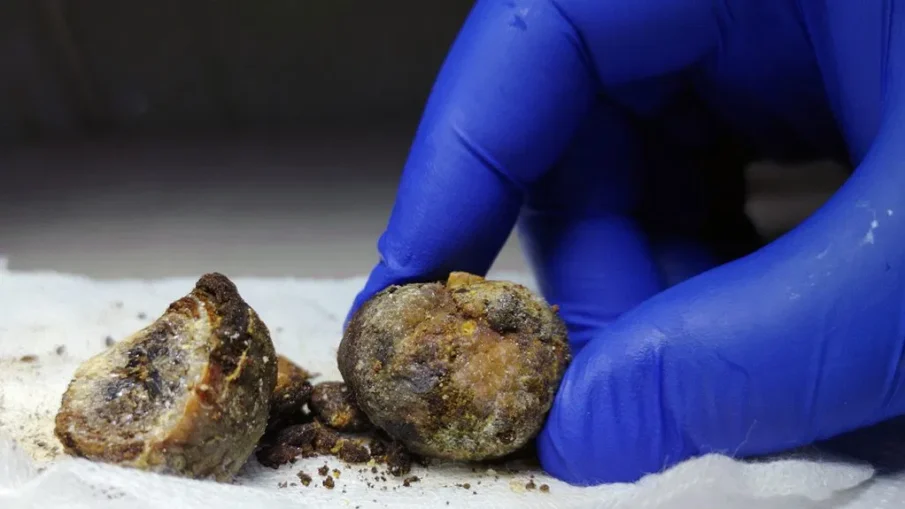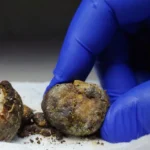Last week we talked about Bile duct cancer and the causes and without wasting my sch time here is how bile duct cancers are treated.
Cancer of the bile duct can usually only be cured if cancerous cells haven’t spread. If this is the case, some or all of the bile duct may be removed. Only a small proportion of bile duct cancer cases are diagnosed early enough to be suitable for surgery. This is because symptoms usually develop at a late stage.
Despite this, there are certain treatments a person with the symptoms of bile duct cancer must undergo to improve the quality of their life if already the condition has gotten to an advanced stage. As stated last week, Most cases of bile duct cancer cannot be cured. Instead, treatment is most commonly used to relieve symptoms.
Treatment
1. Unblocking the bile duct
If your bile duct becomes blocked as a result of cancer, treatment to unblock it may be recommended. This will help resolve symptoms such as: jaundice, itchy skin and abdominal (tummy) pain. Unblocking the bile duct is sometimes necessary if the flow of bile back into your liver starts to affect the normal functioning of your liver. The bile duct can be unblocked by using a small tube called a stent. The stent widens the bile duct, which should help to get the bile flowing again.
2. Radiotherapy
Radiotherapy is not a standard treatment for bile duct cancer, but may help to relieve the symptoms, slow the spread of the cancer and prolong life. The types of radiotherapy are used to treat bile duct cancer are external beam radiotherapy – a machine is used to target radioactive beams at your bile duct and internal radiotherapy (brachytherapy) – a radioactive wire is placed inside your bile duct next to the tumor. Radiotherapy works by damaging the cancerous cells. However, it can also damage healthy cells and cause side effects and cause Side effects like nausea, vomiting and fatigue.
3. Chemotherapy
Chemotherapy is used in a similar way to radiotherapy to relieve the symptoms of cancer, slow down the rate it spreads and prolong life. It is sometimes used in combination with radiotherapy.
Medicines used in chemotherapy can sometimes damage healthy tissue as well as cancerous tissue, and adverse side effects are common. The Side effects of chemotherapy can includes same as Radiotherapy plus hair loss. However, these side effects should stop once the course of treatment has finished. Chemotherapy can also weaken your immune system, making you more vulnerable to infection.
4. Surgery
If your MDT (multidisciplinary team) thinks it is possible to cure your bile duct cancer, surgery will be needed to remove any cancerous tissue. Depending on the extent of the cancer, it may be necessary to remove some of the following like the part of your bile duct that contains cancerous cells, your gallbladder, nearby lymph nodes or a large part of your liver.
After surgery, it is usually possible to reconstruct what remains of the bile duct so that bile can still flow into the intestine.
Similarly, it is often possible for the liver to resume normal function after surgery because we do not need all of our liver. The liver can also regenerate itself after surgery.
You may need to stay in hospital for up to two weeks or more after having bile duct cancer surgery before you are well enough to go home. Success rates of bile duct surgery depend on individual circumstances, such as whether nearby lymph nodes are free of cancer and whether it was possible to remove all of the cancerous cells during surgery.
All references are gotten from an article published by NHS Reform on the 22nd of March,2022.
Note: if you need much more information on bile duct cancer, or you notice some lingering symptoms, please do well to visit your doctor as soon as possible.


